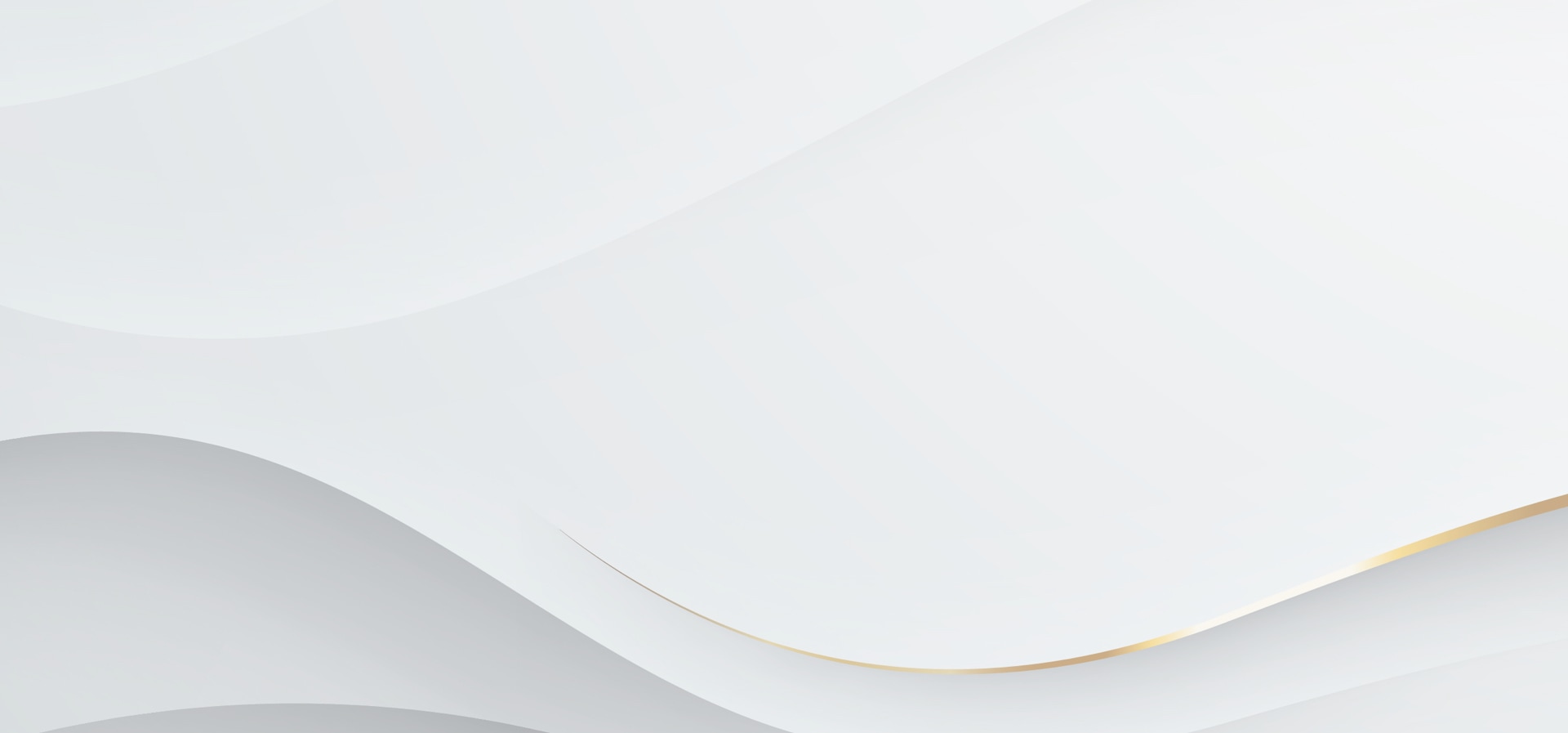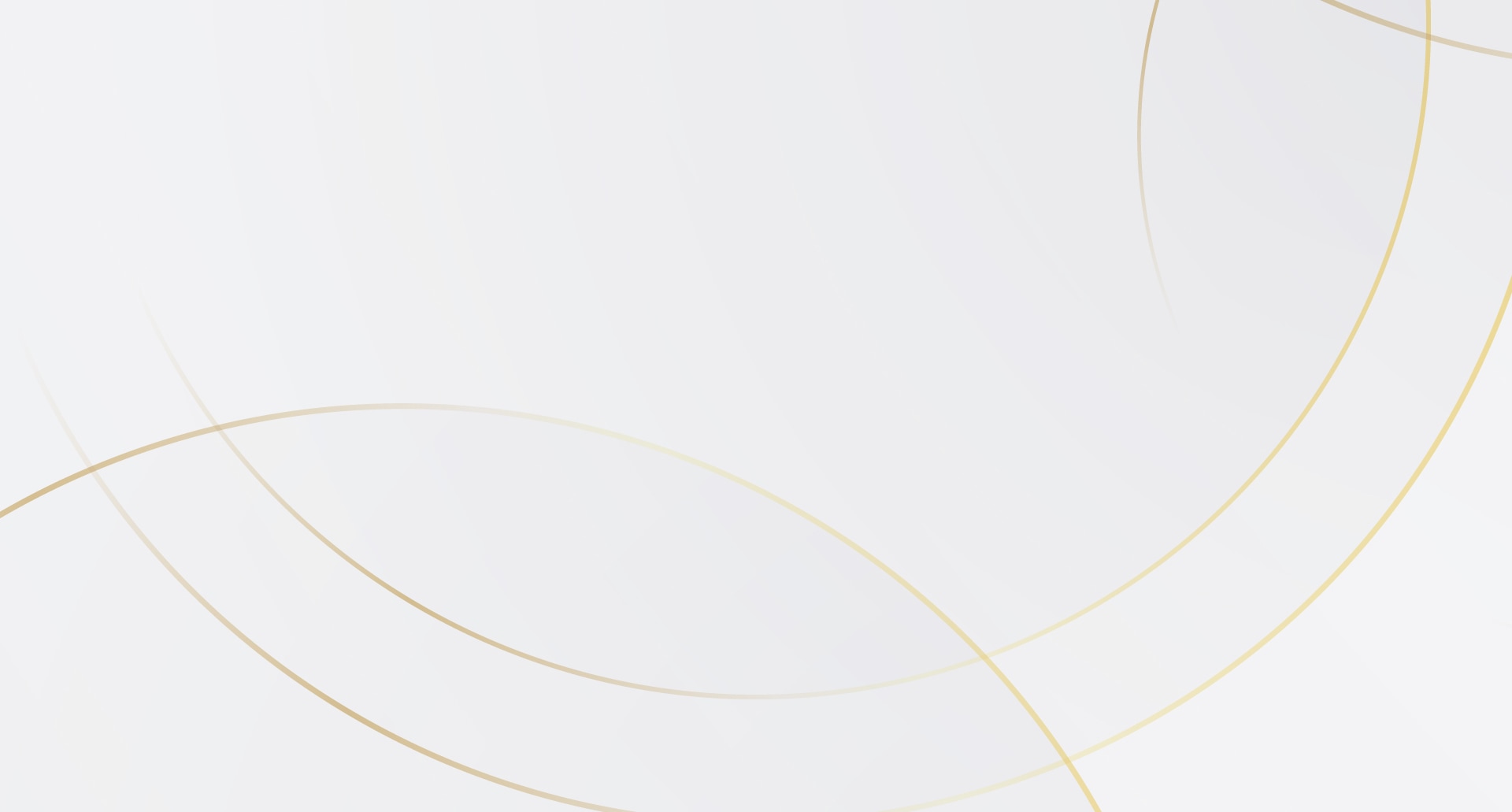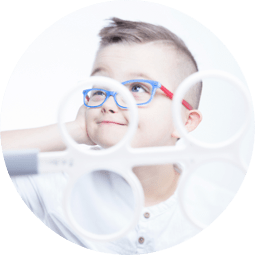Myopia Is a Growing Problem
Myopia is a growing problem—literally and figuratively. The vision condition worsens when eye growth is stimulated, and it’s also growing around the world. Researchers predict myopia will affect 50% of the global population by 2050.
Fortunately, myopia can be managed. Early detection and treatment can help preserve your child’s sight and prevent lifelong eye problems. Visit Advanced Eye Center for your child’s eye exam to discuss myopia control.



What Causes Myopia?
Myopia is the clinical term for nearsightedness—a reduced ability to see distances. Myopia is caused when the eye grows too long, or the cornea (front of the eye) is too steeply curved. When the eye is elongated, it prevents light from focusing on the retina (a layer of tissue at the back of the eye).
When light focuses in front of the retina instead of directly on it, distance vision is blurred or unfocused. Myopia can range from mild to severe, depending on the eye’s or cornea’s shape. The vision condition is usually diagnosed in school-age childhood, when the eye is still growing. As the eye continues to lengthen, myopia progresses.
Myopia progression causes worsening distance vision. It also increases risks to eye health, including the development of sight-threatening conditions.
Children are more likely to develop myopia if a parent has the condition. Too much screen time and close-vision activities—like reading or gaming—can also increase the risk of myopia.

Preventing Myopia Progression
Our optometrists will work with you and your child to create an individualized plan, so they can feel comfortable and confident about their vision. Some innovative methods we may use include atropine eye drops, multifocal contact lenses, multifocals glasses, and ortho-k.
Atropine Eye Drops
Atropine eye drops are commonly used in dilated eye exams to relax the eye’s focusing mechanisms. The eye drops widen the pupil (the black or dark opening of the eye) and allow optometrists a better view of tissue inside the eye.
In myopia control, low-dose atropine eye drops are used to slow eye growth. The eye’s ability to focus is relaxed, preventing the strain of focusing fatigue and myopia progression.
When the eye is dilated, it can cause temporarily blurry vision and light sensitivity lasting up to 4–6 hours. Additionally, atropine eye drops cannot correct distance vision, so the treatment is usually combined with glasses, contact lenses, or other management options.
Multifocal Contact Lenses
Multifocal contact lenses are daily disposable soft contact lenses designed for myopia control in children. The lenses have 2 functions: correcting distance vision and slowing eye growth.
Multifocal lenses are shaped like a bullseye with circular sections. The center section helps light reach the retina to correct nearsightedness. The outer ring refocuses peripheral light rays—additional light focusing incorrectly behind the retina and stimulating eye growth. The higher focusing power ensures more light focuses directly on the retina.
Multifocal Glasses
Some children are a poor fit for contact lenses. For example, they may feel uncomfortable touching their eyes. Or they may struggle to practice daily lens care. Multifocal glasses require the same ease of wear and care as standard spectacles but with a myopia control design.
Multifocal contact lenses feature 2 zones with distinct functions.
Usually, a middle or central spot on the lens helps light reach the retina to improve nearsightedness. Then, the lens area surrounding the central zone refocuses peripheral light—light that bounces inside the eye to land behind the retina, encouraging the eye to grow. Refocusing light inside the eye helps slow myopia progression.
Orthokeratology
Orthokeratology or ortho-k helps correct nearsightedness and prevent myopia progression. Children wear the ortho-k lenses—rigid gas permeable (RGP) contact lenses—at night. The rigid lenses gently reshape the cornea (front of the eye) while your child sleeps, and the lenses are removed in the morning.
Ortho-k lenses result in clear vision all-day and can help slow myopia progression by nearly 50%.

Visit Us for Myopia Solutions
We believe sight is more than the ability to see; it’s part of how your child learns and engages with the world. We want to help support their success, inside and outside the classroom. Book your child’s eye exam today to see how they may benefit from myopia control.

Our Featured Services







